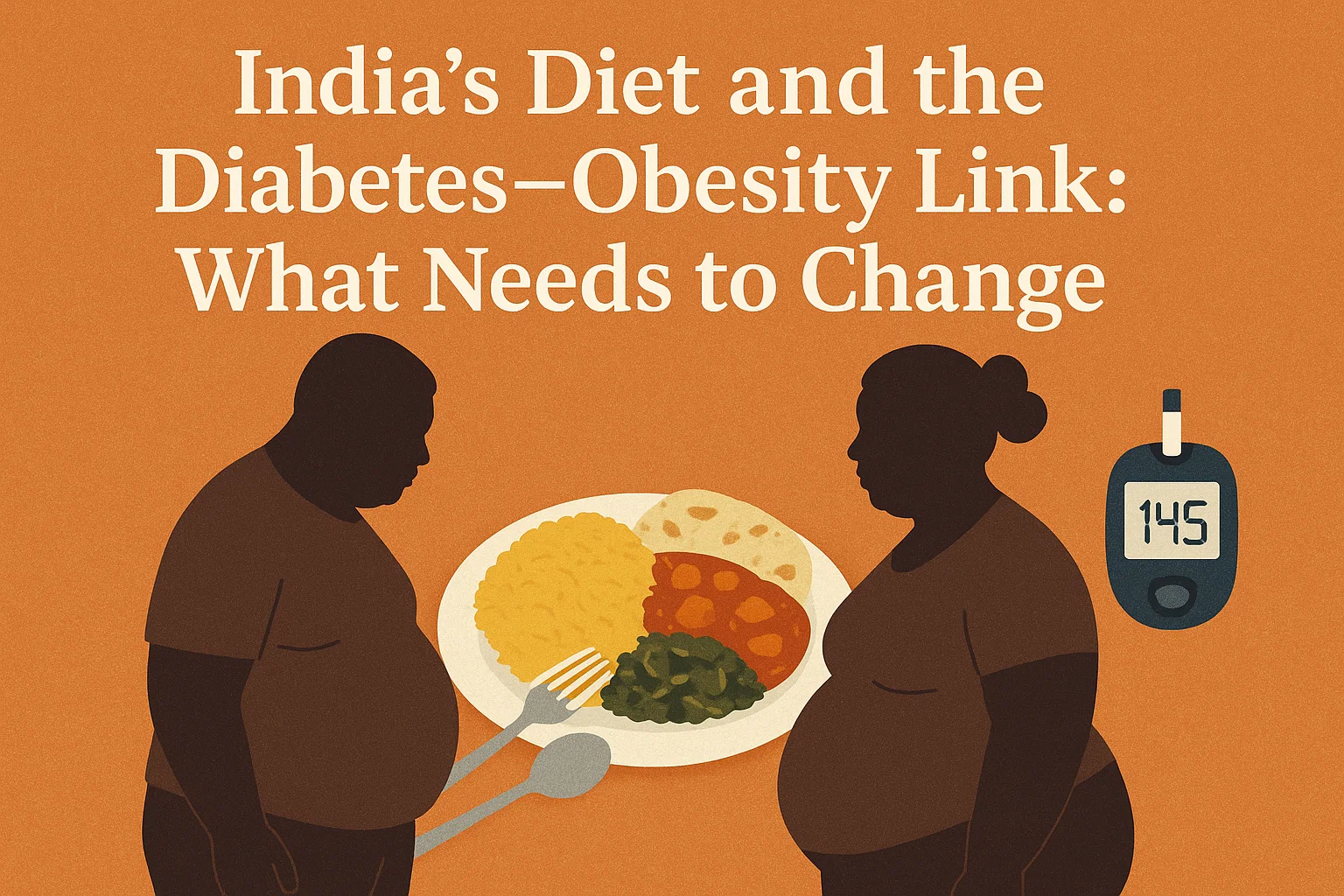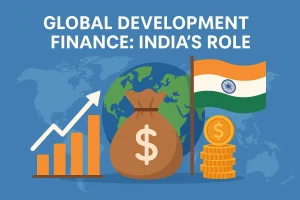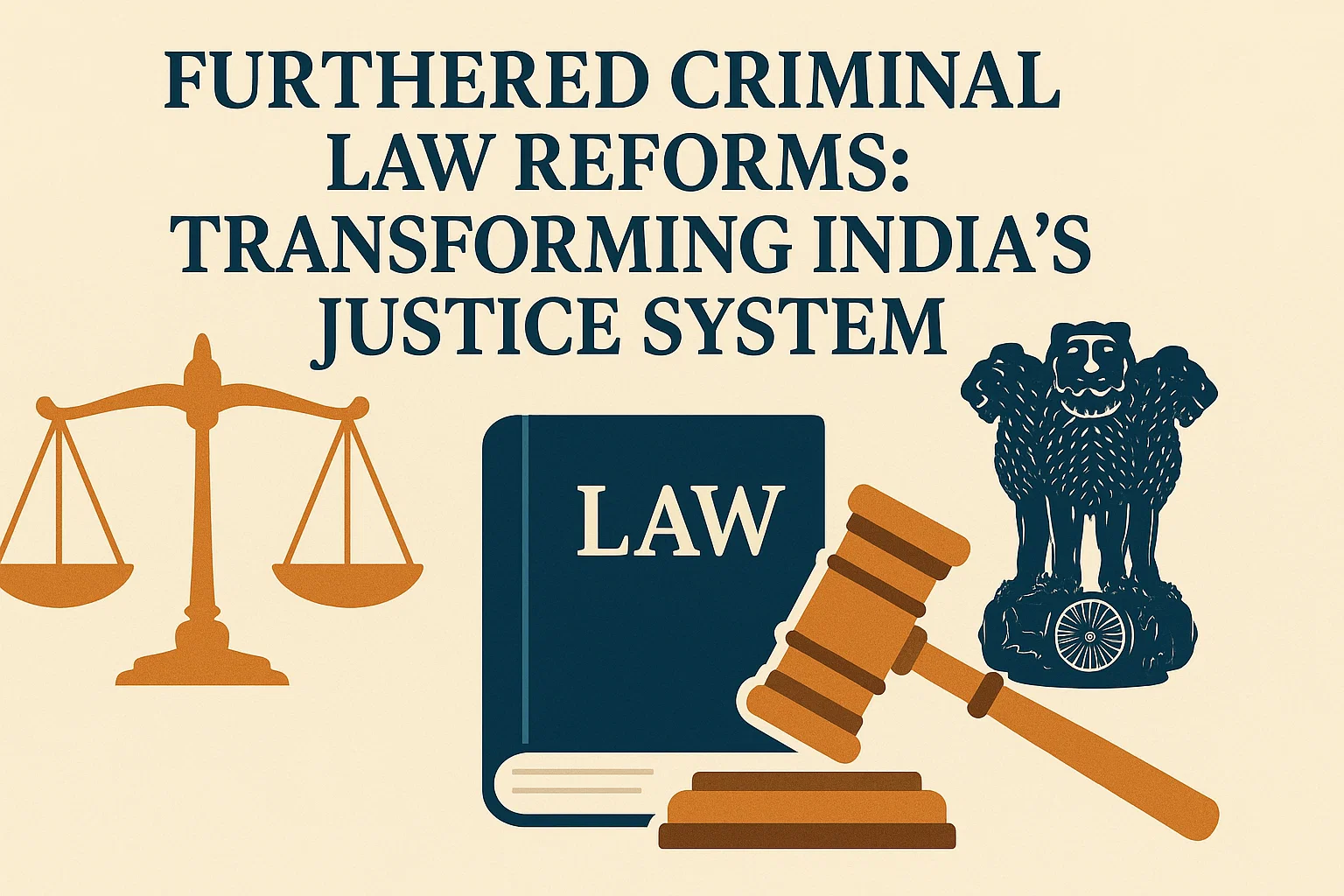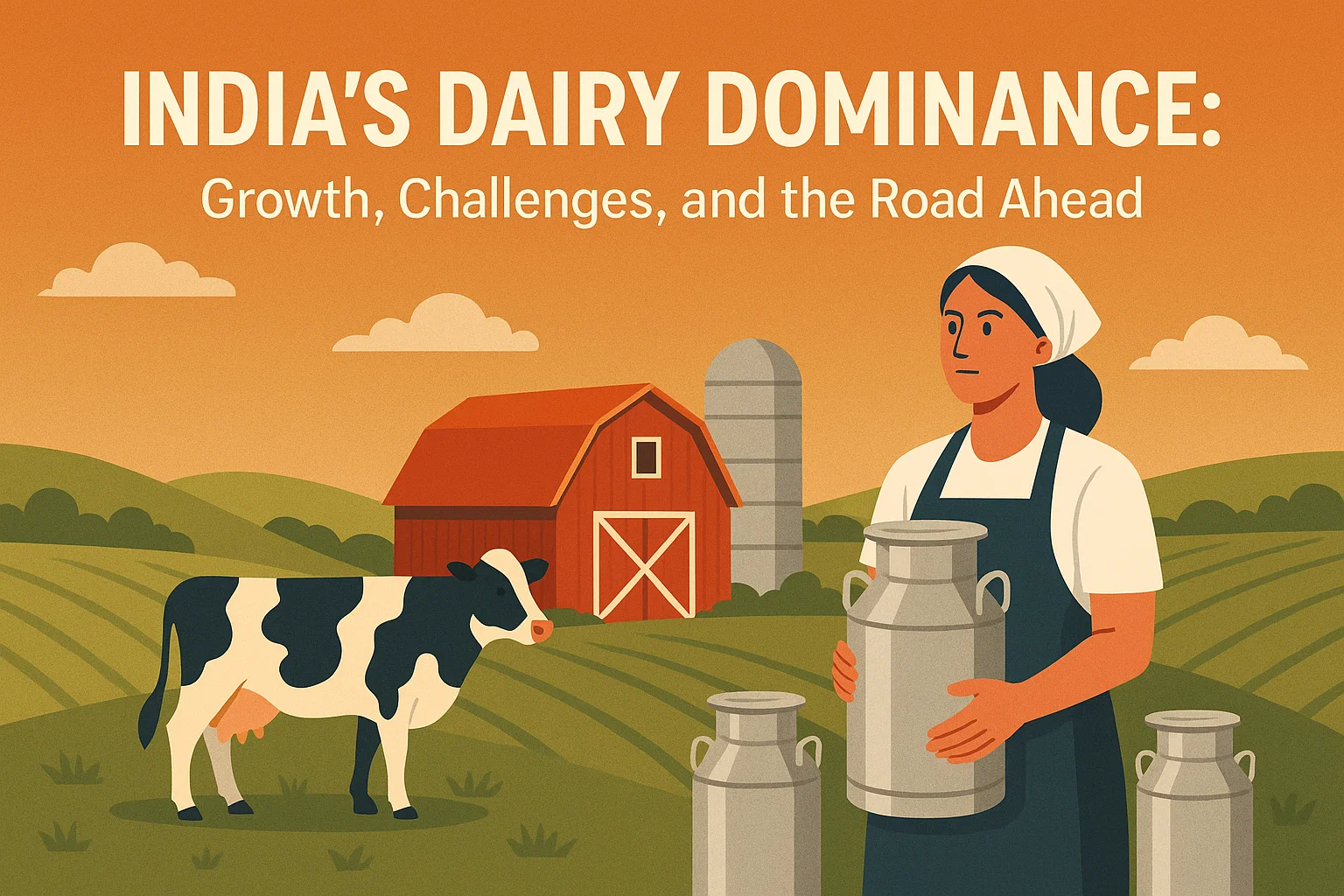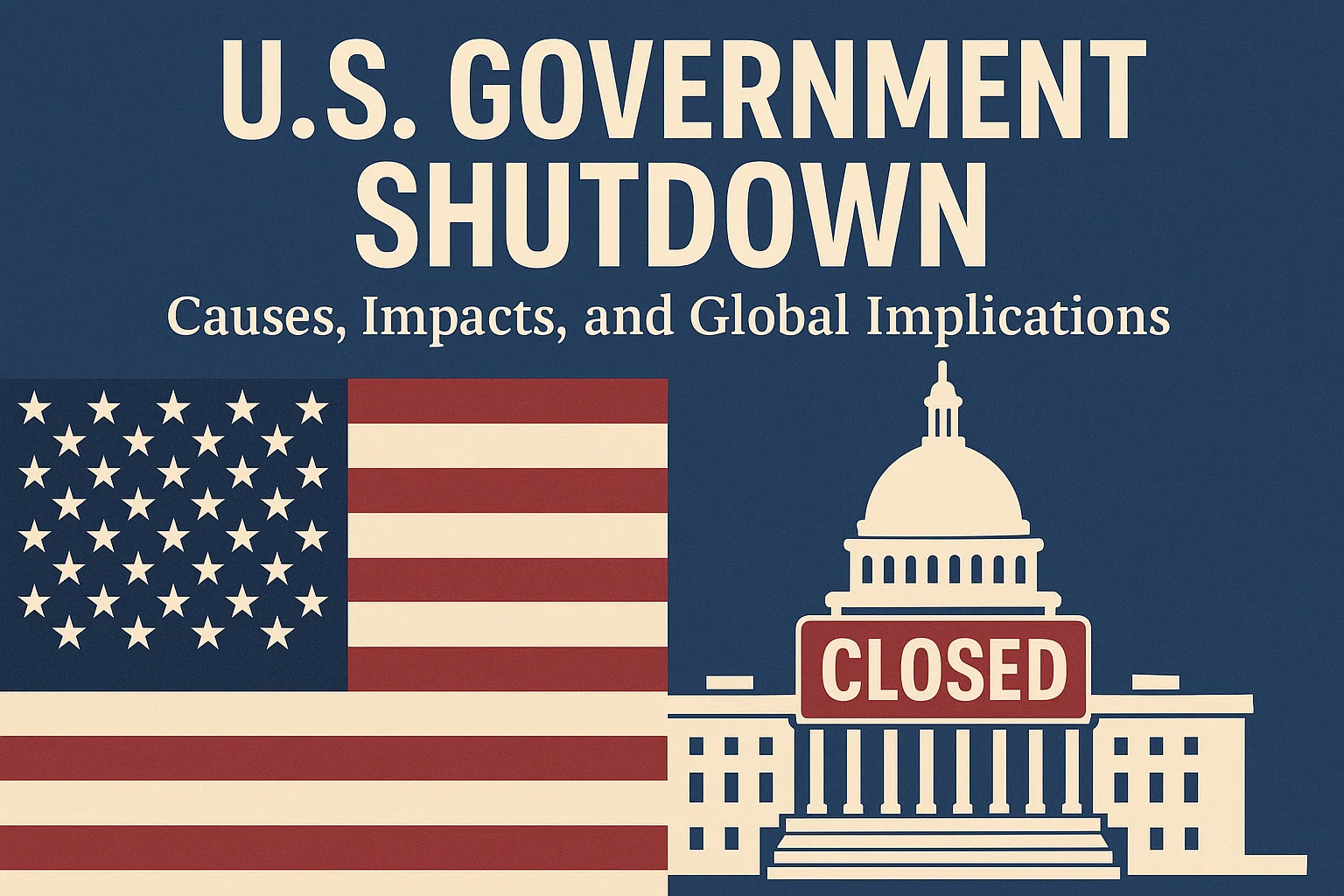India’s Diet and the Diabetes–Obesity Link: What Needs to Change
India’s carbohydrate-heavy diet and high sugar intake are fuelling diabetes, obesity, and prediabetes. An ICMR study highlights low protein, unhealthy fats, and micronutrient imbalance as key risks. Shifting towards millets, plant proteins, healthy fats, and nutrition-focused policies can curb the epidemic and promote balanced, sustainable diets nationwide.
Context
A landmark study by the Indian Council of Medical Research (ICMR) has revealed that India’s dietary habits are directly linked to a sharp rise in diabetes, prediabetes, and obesity. With nearly 10% of Indians diabetic and 15% prediabetic, the findings demand urgent reforms in both dietary behaviour and nutrition policy.
What dietary patterns in India are contributing to the rise in diabetes and obesity?
The study highlights that India’s nutrition profile is imbalanced, with excess reliance on carbohydrates and insufficient intake of protein and healthy fats.
1. Carbohydrate Dominance
-
More than 60% of daily calories come from carbohydrates, much higher than global dietary recommendations.
-
Refined cereals such as white rice and milled wheat dominate diets in the Northeast, South, and East.
-
Millet consumption remains negligible at around 1% nationally, confined to states like Karnataka, Gujarat, and Maharashtra.
2. High Sugar Intake
-
21 states and Union Territories exceed the WHO-recommended limit of <5% of total calories from added sugars.
-
Sugary beverages, processed foods, and traditional sweets contribute to rising obesity and metabolic syndrome.
3. Unhealthy Fat Composition
-
While total fat intake is moderate, saturated fat levels exceed 7% of daily calories in most states, surpassing safe thresholds.
-
Healthy fats such as monounsaturated fats (MUFA) and omega-3 polyunsaturated fats (PUFA) are consumed in very small amounts.
4. Low Protein Intake
-
The national average protein intake is just 12% of daily calories, below optimal levels.
-
Only the Northeast demonstrates relatively higher protein consumption due to greater intake of meat, fish, and eggs.
Conclusion: This macronutrient imbalance—too many carbohydrates and sugars, unhealthy fats, and insufficient protein—is the main driver of rising diabetes and obesity in India.
Suggested Alternatives for a Balanced Diet
Experts recommend a dietary transition towards balanced, diverse, and region-specific nutrition.
1. From Carbohydrate-Dense to Balanced Diets
-
Reduce reliance on refined cereals such as white rice and maida.
-
Promote whole grains and nutri-cereals (millets) like ragi, bajra, and jowar.
-
Cut down on added sugars, especially in packaged foods and beverages.
2. Boost Protein Intake
-
Encourage plant-based proteins such as pulses, legumes, soy, and nuts.
-
Increase consumption of dairy and fermented dairy products like paneer, curd, and buttermilk, which are affordable and nutrient-rich.
-
Where culturally acceptable, encourage fish, poultry, and eggs to bridge the protein gap.
3. Substitute Unhealthy Fats
-
Replace saturated fats (ghee, butter, palm oil) with MUFA-rich oils such as mustard, groundnut, and olive oil.
-
Incorporate PUFA sources like flaxseeds, walnuts, and oily fish to improve cardiovascular and metabolic health.
4. Modelled Substitution Strategy
-
Research shows that replacing just 5% of daily calories from carbohydrates with plant or dairy proteins significantly lowers diabetes and prediabetes risk.
-
Substituting carbohydrates with red meat or unhealthy fats does not provide protective benefits and may increase health risks.
Policy and Behavioural Interventions
A dietary shift requires not just individual choices but structural and policy-level interventions.
-
Nutrition Literacy: Integrate nutrition awareness into school curricula, community health programmes, and public campaigns.
-
Food Subsidies: Expand the Public Distribution System (PDS) and mid-day meals to include protein-rich foods and millets.
-
Region-Specific Guidelines: Move away from “one-size-fits-all” dietary advice; develop nutrition plans suited to local cultures and food availability.
-
Strengthening National Initiatives: Reinforce programmes such as Eat Right India and Poshan Abhiyaan, which aim to tackle both undernutrition and overnutrition.
-
Behavioural Nudges: Encourage smaller portion sizes, reduce sugar in beverages, and promote label awareness in packaged foods.
Why This Matters
India faces a dual burden of malnutrition:
-
Undernutrition among vulnerable populations.
-
Overnutrition and lifestyle diseases in urban and semi-urban regions.
If unchecked, the health and economic cost of rising diabetes and obesity could overwhelm public healthcare and reduce workforce productivity. Tackling the problem through balanced diets, healthier food systems, and evidence-based policies is essential for safeguarding both public health and economic growth.
Conclusion
The ICMR study is a wake-up call: India’s dietary habits, heavily skewed towards carbohydrates and sugar, are fuelling a silent epidemic of diabetes, prediabetes, and obesity. A shift towards balanced diets rich in protein, healthy fats, and whole grains is urgently needed.
Policy reforms, nutrition literacy, and community-level interventions must complement dietary change to ensure impact at scale. India has the chance to lead by example—using traditional food diversity, millet promotion, and public health programmes—to combat lifestyle diseases and secure a healthier future.
Subscribe to our Youtube Channel for more Valuable Content – TheStudyias
Download the App to Subscribe to our Courses – Thestudyias
The Source’s Authority and Ownership of the Article is Claimed By THE STUDY IAS BY MANIKANT SINGH
